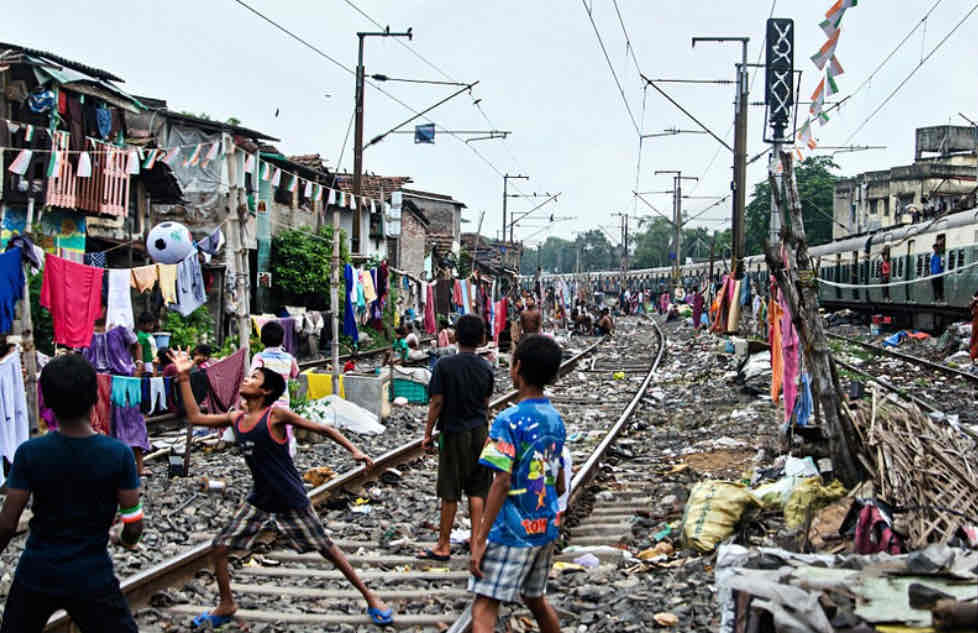Case study ⇢ LEDC City Kolkata, India
1/3
Earn XP
Description and Tags
Name | Mastery | Learn | Test | Matching | Spaced |
|---|
No study sessions yet.
4 Terms
Location
Cheap land, next to main roads, steep slopes, marshy land.
Near main road junctions - so they can get on a train to go to work i.e. in a factory.
Along canals, such as Jagarani.
Old buildings become derelict.
Near factories for jobs, or roads for buses.
People cannot afford houses, so they move where they can rent or build a house for a cheap price.
Growth
They have existed for 150 years, now growing rapidly - by 32% from 1981 - 1991.
There is around 4.5 million people living in Kolkata, approximately one - third of the city’s population.
Pull factors ⇢ job prospects in cities.
Push factors ⇢ mechanisation in farming machinery means there is a lot of people loosing their jobs in the countryside.
Characteristics
Poorly constructed houses that use scrap wood or corrugated iron that is not structurally safe.
Crowded, few facilities, no street plan or sewage facilities. Often described as ‘Unfit for human habitation.’
10 - 12 people to a room, 100 to a tap and 25 - 30 to a toilet.
Average earnings of £7 - 24 a week. 22% of workers have no steady income.
No planning permission.

A shanty town built right beside a railway track, where children play on the tracks.
Many people use these trains to get to and from work and they are after over crowded as well, with people standing on the edge of the platform of the train as there are too many people inside.